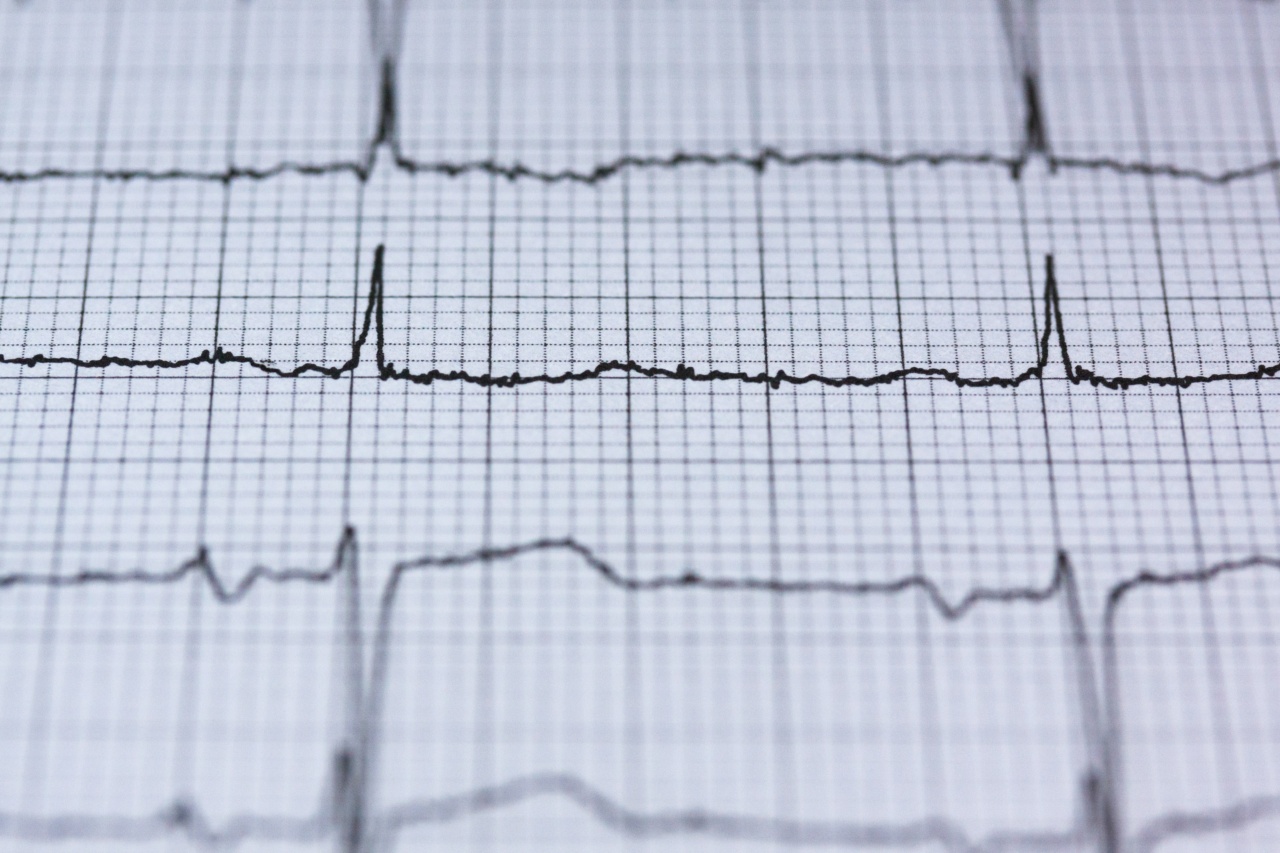Heart rhythm disorders, also known as arrhythmias, occur when the electrical signals that regulate the heartbeat become irregular or disrupted.
These conditions can range from mild to life-threatening and can significantly impact a person’s quality of life. However, there are several steps you can take to minimize the risk of developing dangerous heart rhythm disorders.
In this article, we will explore some effective cardiac exclusion tips that can help you maintain a healthy heart rhythm and reduce the chances of experiencing cardiac arrhythmias.
1. Maintain a Healthy Lifestyle
A healthy lifestyle plays a crucial role in preventing heart rhythm disorders. Here are some key factors to consider:.
2. Eat a Heart-Healthy Diet
A well-balanced diet can promote a healthy heart rhythm. Focus on consuming fruits, vegetables, whole grains, lean proteins, and healthy fats. Limit your intake of processed foods, sugary drinks, and excessive sodium.
Additionally, avoiding excessive caffeine and alcohol consumption can also be beneficial.
3. Stay Active with Regular Exercise
Engaging in regular physical activity is important for maintaining a healthy heart rhythm. Aim for at least 150 minutes of moderate-intensity aerobic exercise or 75 minutes of vigorous-intensity aerobic exercise each week.
Consult with your healthcare provider to determine the most suitable exercise routine for your needs.
4. Maintain a Healthy Weight
Excess weight puts added stress on the heart, making it more susceptible to rhythm disorders. Strive to achieve and maintain a healthy weight by combining a balanced diet with regular exercise.
5. Avoid Smoking and Secondhand Smoke
Smoking and exposure to secondhand smoke can significantly increase the risk of heart rhythm disorders. Quit smoking if you are a smoker and avoid environments where you are exposed to secondhand smoke.
6. Manage Stress Levels
Chronic stress can have detrimental effects on heart health. Find healthy ways to manage stress, such as practicing relaxation techniques, engaging in hobbies, getting enough sleep, and seeking support from loved ones or a mental health professional.
7. Limit the Use of Stimulant Medications
Certain medications, such as decongestants and asthma inhalers, contain stimulants that can disrupt heart rhythm. Use these medications sparingly and only as prescribed by your healthcare provider.
8. Get Regular Check-ups
Regular check-ups with your healthcare provider are essential for identifying any potential heart rhythm abnormalities.
They can perform necessary tests, such as an electrocardiogram (ECG), to monitor your heart’s electrical activity and detect any irregularities.
9. Be Aware of Your Family History
Some heart rhythm disorders have a genetic component. If you have a family history of arrhythmias or sudden cardiac events, it’s important to inform your healthcare provider.
They can evaluate your risk and recommend appropriate preventive measures.
10. Follow Medication Instructions Carefully
If you are prescribed medications for any existing heart conditions, make sure to follow the instructions provided by your healthcare provider diligently.
Deviating from the recommended dosage or schedule can potentially lead to heart rhythm disturbances.
Conclusion
By implementing these cardiac exclusion tips into your daily life, you can significantly reduce the likelihood of developing dangerous heart rhythm disorders.
Remember to maintain a healthy lifestyle, prioritize regular exercise, manage stress levels, and follow medical advice. By taking proactive steps, you are actively safeguarding your heart’s health and overall well-being.




























